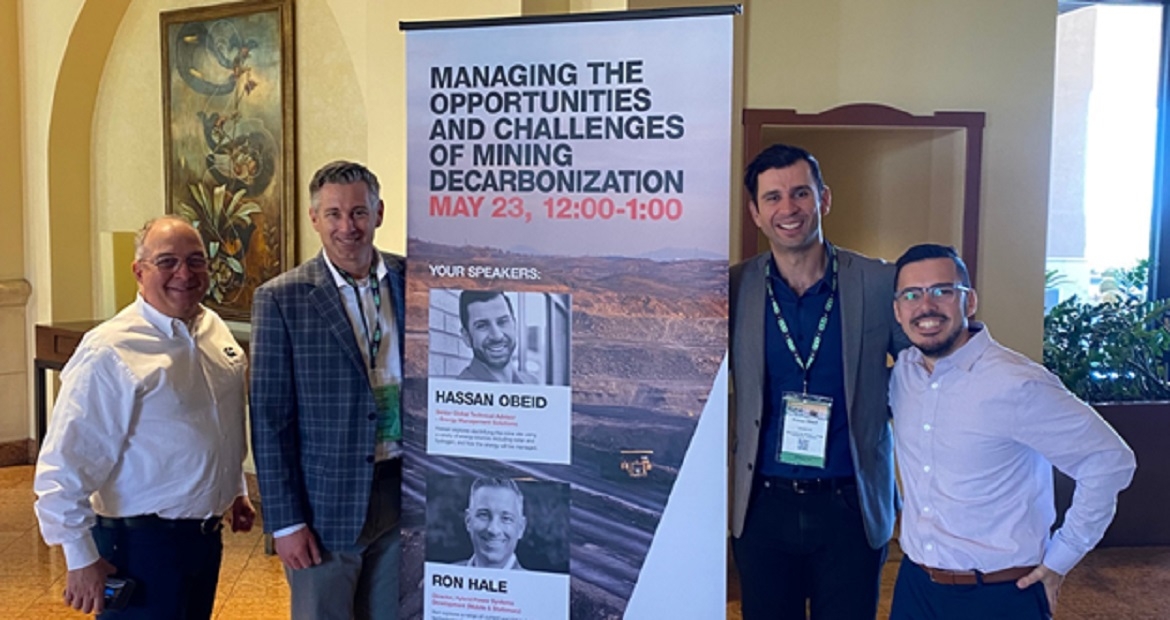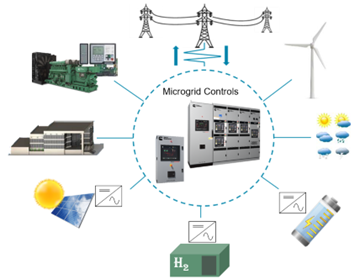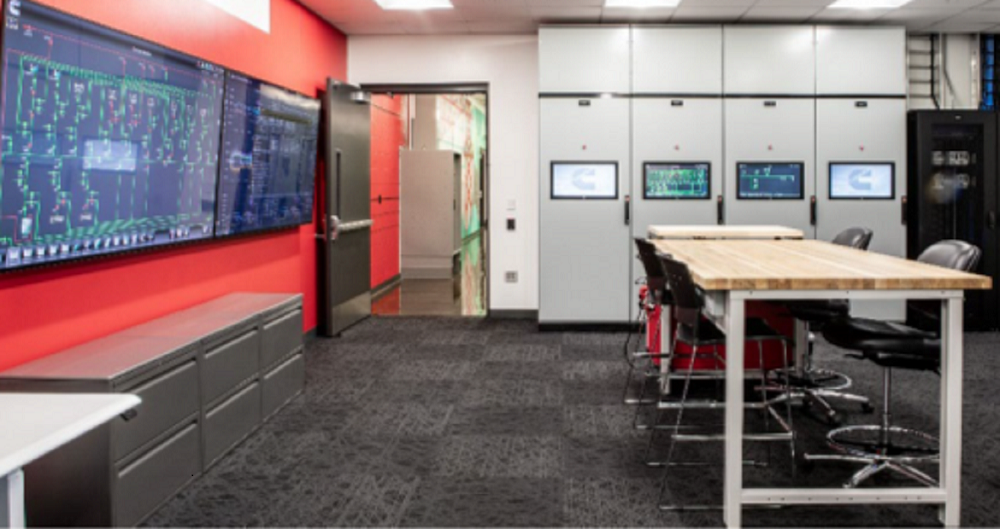Managing the Opportunities — and Challenges — of Mining Decarbonization

The Cummins mining team was excited to show up to The Electric Mine Conference in Tucson, Arizona, USA, in late May as a Showcase Sponsor, ready to share our perspective on decarbonization in the mining industry.
For those who were unable to join us in person, we’re sharing the highlights from our exclusive presentation made during Day 1 of the conference by Robert Schaefer, Director, Mining Innovations and Growth Initiatives; Hassan Obeid, Senior Global Technical Advisor, Energy Management Solutions; and Ron Hale, Director of Hybrid Power Systems Development (Mobile & Stationary).
Much More Than a Diesel Engine Company
Robert Schaefer kicked off the presentation explaining to a packed room how Cummins is truly an “energy to work” company — regardless of the energy source. In fact, in March Cummins launched Accelera, a new brand for Cummins’ fifth business segment, focused on zero-emission technologies.
As Schaefer explained, the “start-up mentality” of Accelera combined with the “incumbent industry knowledge and resources” of Cummins’ core businesses will allow Cummins to aggressively develop, test and introduce zero-emissions technologies to the market faster and at scale.
This work is in parallel to the work demonstrated by the subsequent speakers in our Showcase presentation.
Building and Managing a Mine Site Microgrid
It’s no secret that the mining industry consumes a large amount of energy to sustain operations—with about 45% coming from diesel and 55% coming from electricity.
According to Hassan Obeid and sources such as the Chilean Copper Commission, energy consumption in mining is expected to continue increasing, in large part, due to increasing demand. Pair this with the fact that the traditional top-down flow of electricity has been experiencing disruptive forces over the last several years due to factors such as deregulation of markets, technology availability and increased penetration of renewable technologies, and miners are left to take more control over energy resources serving their mine sites.
A microgrid is a local energy grid with control capability, allowing users to disconnect from the traditional grid and operate autonomously.
Leveraging a microgrid on mine sites presents an opportunity to balance the ever-complex equation of meeting energy demands, reducing greenhouse gas emissions and ensuring resiliency.
Building an integrated system — one that brings together multiple energy sources, including the local grid — can be complex, with many different puzzle pieces, such as utility, solar power, gensets, and much more.
When designing an integrated system, there are many considerations. To name a few, an effective system must provide 24/7 resiliency and uptime, synchronize and parallel dissimilar energy sources, and ensure both electrical and thermal loads are satisfied consistently and securely.
Where to start?
Obeid has worked extensively on solving complex challenges with microgrid designs and shared with Electric Mine Conference attendees the importance of starting with a feasibility study and stability analysis.
A feasibility study investigates a wide range of design options with different dispatchable and renewable solutions, performs a detailed analysis of load profile at 15-minute to 1-hour intervals and reviews exact site details, from wind availability to utility charges.
A system stability analysis ensures adequate power quality and eliminates system disturbances.
As a result, it’s possible to identify the most efficient and stable integration of assets in a lab environment — ultimately ensuring a design is optimized for the specific project drivers, such as lowest net present cost or lowest system emissions.
Microgrid Controls
With any microgrid design, it’s critical to have system level controls that can manage the following microgrid expectations:
- Optimize energy production from all assets to meet demand
- Maximize the output of renewable sources
- Minimize emissions and fuel consumption
- Lower the Levelized Cost of Energy (LCOE) and the Total Cost of Ownership (TCO)
- Allow for monetizing assets via grid support and demand response programs
- Adapt to changing weather conditions (i.e. cloud cover, wind speed, etc.)
- Perform load add/shed

Cummins microgrid controls accommodate distributed energy power system designs and have the ability to control renewable energy resources (solar and wind) and energy storage — providing a single interface control for a completely integrated microgrid power system.
Cummins PIC Lab
Cummins' Fridley, Minnesota, plant features the new Power Integration Center (PIC), designed to facilitate development, testing and demonstration of various technologies by integrating controls, gensets, automation transfer switches, communications, power electronics and renewable energy sources for any energy solution application. The lab includes indoor and outdoor testing areas as well as a control room, allowing Cummins to consult with customers on feasibility and stability analysis studies.

Consider Pathways Forward in the Future of Mining Ecosystems
Following Hassan Obeid’s introduction of building and managing a mine site microgrid, Ron Hale took over to share the latest perspective from Cummins on the potential of various technologies for decarbonization in mining, including a recommended technology solution for achieving near-term goals, while also introducing a viable pathway to 2050.
As anyone who has begun the research on reducing emissions knows, it's not just about the power solution itself but also the energy source. To accurately assess the potential of various energy sources and power solutions, Cummins has developed highly complex and dynamic system modeling framework that enables careful analysis of CO2 emissions reductions made possible through various technologies.
During the conference, Ron walked through a techno-economic analysis of a range energy sources with differing carbon intensities consumed in various power solutions for haulage applications.
Taking into consideration critical mining KPIs, minimizing near-term capital investments and enhancing optionality for the future, the presentation yielded a new and more balanced pathway to both mid- and long-term emissions reductions goals.
Interested in learning more about what Cummins’ research shows and our current guidance on a balanced pathway toward 2030 and 2050 emissions reductions goals?
Sign up below to receive more information as it is released.
Related Tags